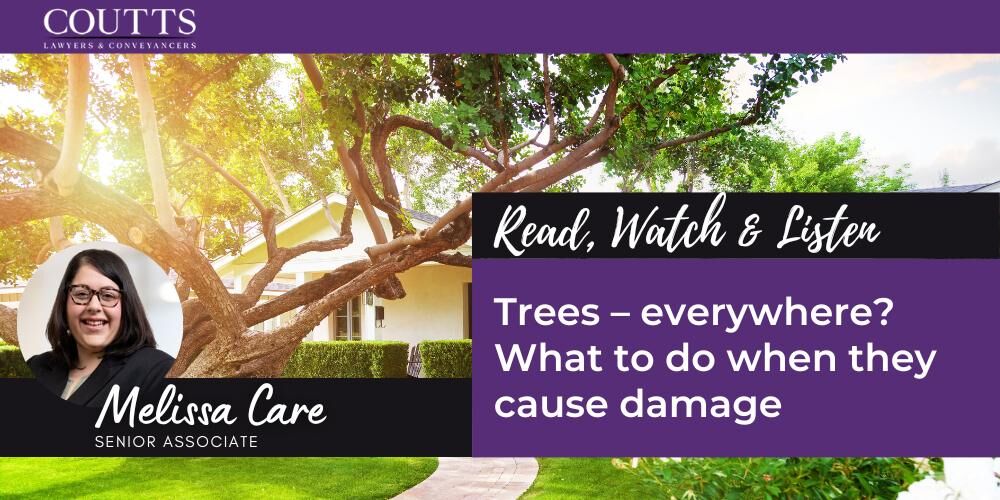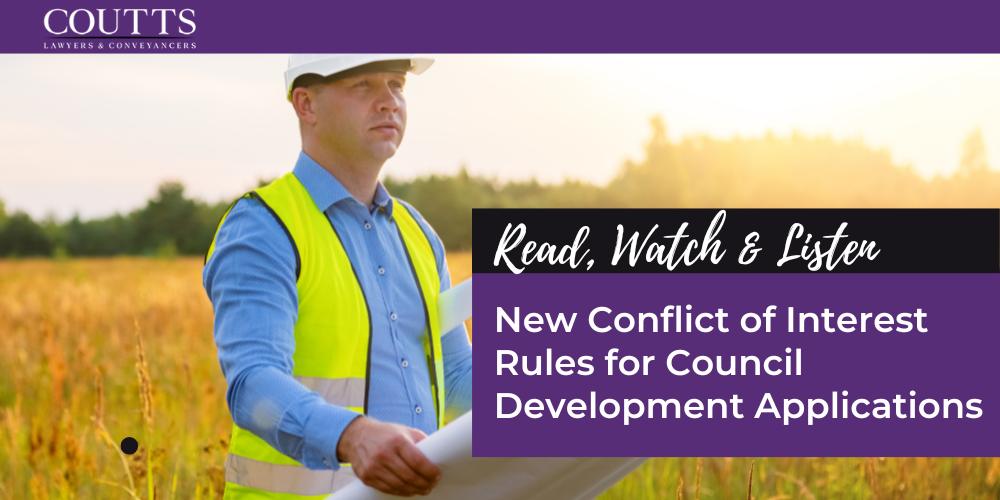KEY TAKE-OUTS:
- An encroachment will occur when a property owner has built or extended a structure across the boundary of their property.
- You can identify if someone is encroaching on your property by engaging a surveyor or applying for a boundary determination.
- If your property is being encroached on you can seek compensation, a transfer or lease over the encroached property, or the removal of the encroaching structure.
- If a structure on your property is encroaching on an adjacent property you can seek a boundary adjustment, an easement over the property, or, in specific circumstances, make a claim of adverse possession.
What is property encroachment?
Encroachment occurs more often than many people will realise. Examples of encroachment as established under the Encroachment of Buildings Act 1922 (NSW) (EBA) are:
- when a boundary wall is incorrectly placed over a property boundary;
- where a structure such as a garage, carport, or pool extends over the boundary; or
- a roof overhangs a boundary.
For these reasons, it is important to not only know where your property boundaries are, but what your rights and options if you are affected by an encroachment.
Determining whether there has been encroachment of property boundary
There are a few ways a property owner can determine the boundaries of their property.
Firstly, you can engage a land surveyor to prepare an Identification Survey and Report. The purpose of an Identification Survey and Report is to show the location of a structure on a property including its roof height, floor level, its position in relation to the boundaries, location of easements and any encroachments onto neighbouring properties.
Secondly, is for an affected property owner to seek a boundary determination under Part 14A of the Real Property Act 1900 (NSW) (RPA).
How to deal with land encroachment
Boundary adjustment
Before commencing a claim in the Land and Environment Court a resolution could be reached between the affected neighbours by pursuing a boundary adjustment. In many instances, a boundary adjustment is an exempt development (SEPP Complying and Exempt Development).
A surveyor will be required to draft a plan for showing the boundary adjustment. Once the portion of land is determined an amount of compensation to be paid can be determined.
To determine the compensation payable a valuer may be required. The payment of compensation will pass from the encroaching neighbour to the adjoining affected neighbour.
In the event that the boundary adjustment is not exempt, a development application will have to be made to the local Council for consent.
The plan will need to be registered with Land Registry Services which allows for the boundary adjustment to be noted on title.
In this instance, it may be worthwhile involving legal representation to details the agreement reached in a Deed to ensure no issues will arise in the future.
Creation of an easement to permit encroachment
Similar to the boundary adjustment, a surveyor would need to be engaged to prepare the plan showing the easement and a valuer to determine the value of the area to be affected by the easement.
The terms of the easement would need to be drafted with the effect that the encroaching structure can remain. The wording for easement would need to reflect those included in Schedule 6 of Conveyancing Act 1919.
Compensation is again payable by the encroaching neighbour.
Claim in Land and Environment Court
If you cannot reach an agreement with the neighbour and an encroachment exists, there are remedies available under the EBA. A claim can be brought in the Land and Environment Court under s 3(1) of the EBA to seek relief.
This relief, outlined in s 3(2) if the EBA, can include:
- compensation paid by the adjacent owner;
- conveyance, a transfer or lease over the land subjected to the encroachment;
- provide the encroaching party an easement over the land; or
- require the encroachment to be removed.
What is the likelihood of success at the Land and Environment Court?
In reaching a decision, the Court will consider the issues raised in section 3(3) of the EBA, being:
- the fact that the application is made by the adjacent owner or by the encroaching owner;
- the situation and value of the subject land, and the nature and extent of the encroachment;
- the character of the encroaching building, and the purposes for which it may be used;
- the loss and damage which has been or will be incurred by the adjacent owner;
- the loss and damage which would be incurred by the encroaching owner if the encroaching owner were required to remove the encroachment; and
- the circumstances in which the encroachment was made.
If you believe that an encroachment exists between your property and an adjoining property, contact our planning law team to receive tailored advice in relation to your circumstances.
For further information please don’t hesitate to contact Coutts Lawyers.
This blog is merely general and non-specific information on the subject matter and is not and should not be considered or relied on as legal advice. Coutts is not responsible for any cost, expense, loss or liability whatsoever to this blog, including all or any reliance on this blog or use or application of this blog by you.



